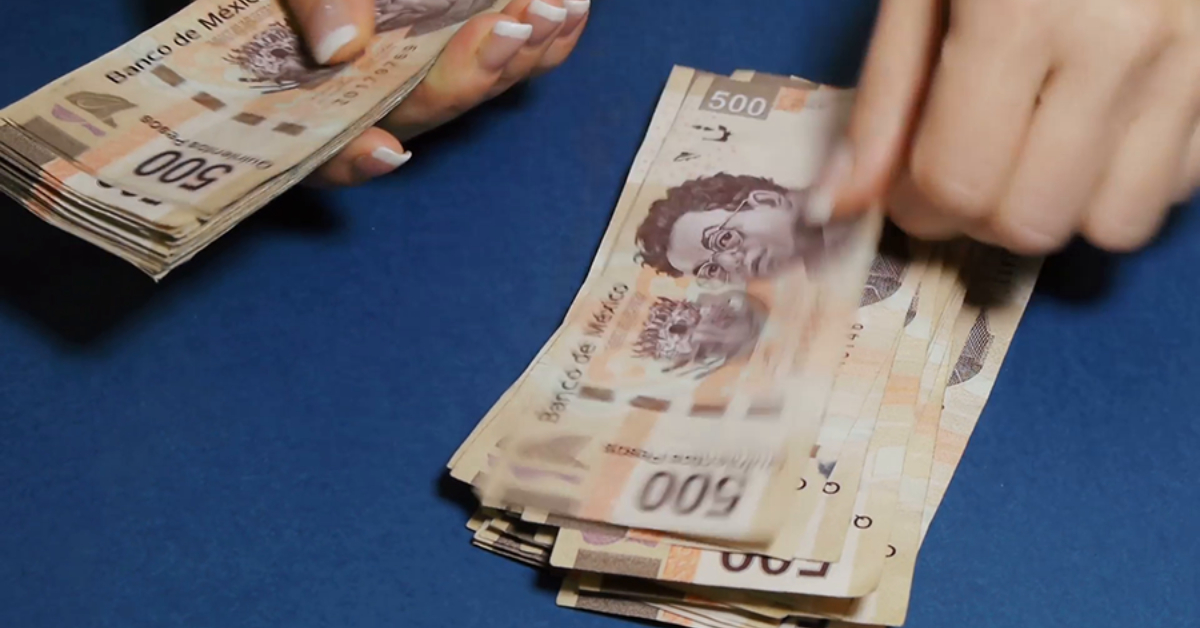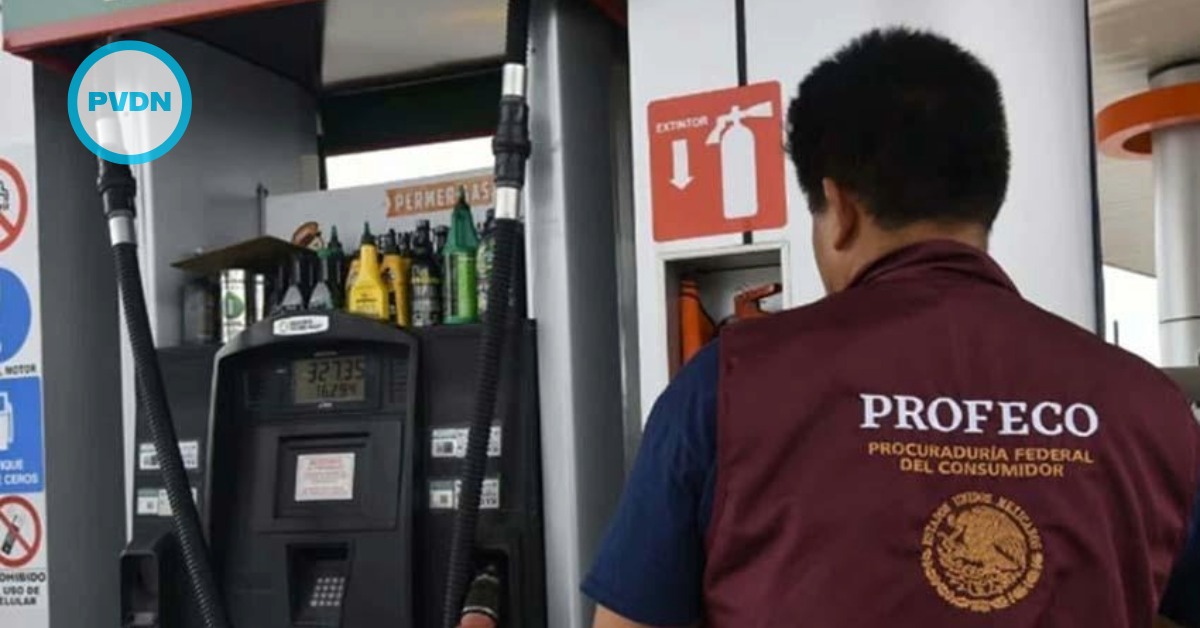Puerto Vallarta, Mexico - The Metropolitan Alliance for Security and Commerce of Puerto Vallarta and Bahía de Banderas (AMESYC) has issued an urgent warning regarding the circulation of counterfeit $500 peso bills in both municipalities. The alliance continues to monitor this issue closely as reports of fraudulent transactions continue to rise.






